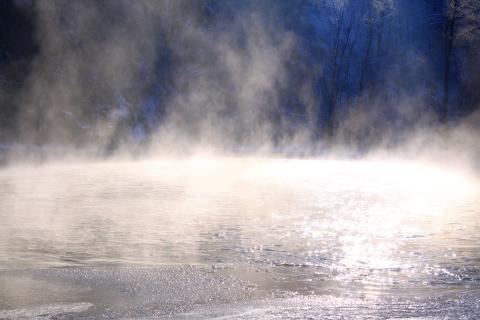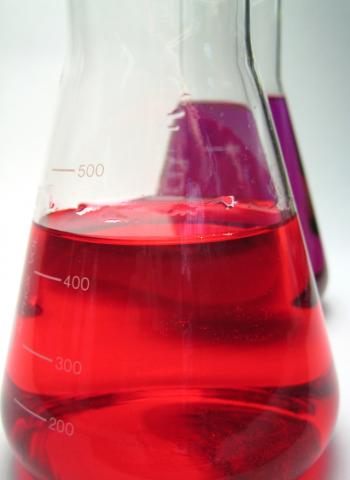Back to the Basics: Effects of Varying Rates of Evaporation on Calibration Accuracy
For multi-solvent, multi-zone drying processes, it is not always proper to assume uniform evaporation of solvents in each zone.
For an analyzer with wide variation in response factors to the solvents of interest, there could be a considerable error from the assumption that the solvent mixture is uniform in each zone of the dryer. Potentially, the relatively volatile solvents could exist in greater proportion in the first zone(s) of the dryer, and the less volatile solvents could exist in greater proportion in the later zone(s) of the dryer.





